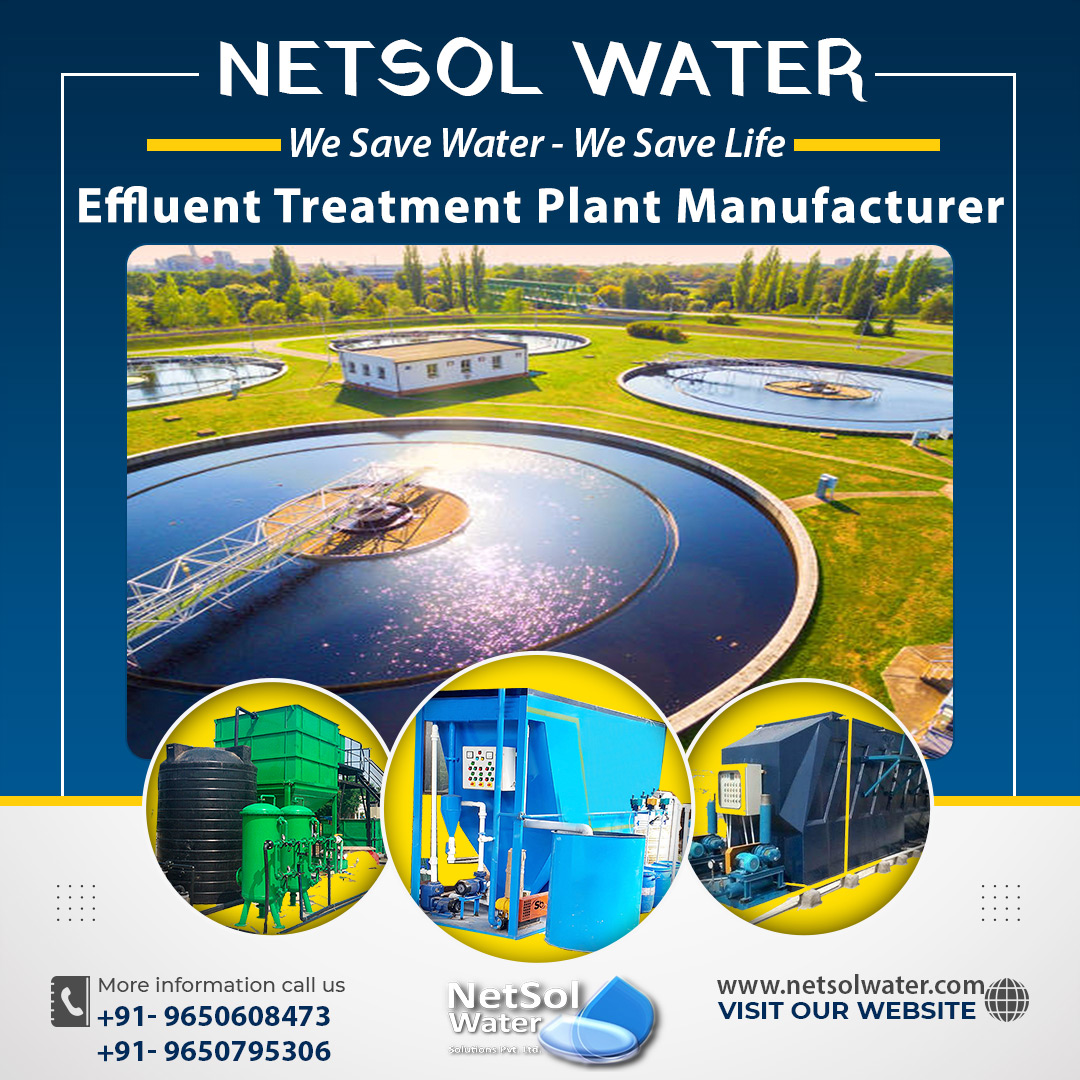According to a 2018 NITI Aayog report, India is one of the world's most water-stressed regions, with 600 million Indians experiencing extreme water stress. According to the report, by 2030, water demand could be twice as high as supply, resulting in severe water scarcity for millions of people and a 6% drop in the country's GDP.
As a result, understanding and managing our water needs and resources efficiently, is becoming increasingly important. Reusing and recycling our water resources is critical for a sustainable future.
Let’s see how India is dealing with the wastewater generated.
Why are the Indian rivers polluted?
The discharge of untreated and partially treated sewage from cities/towns and industrial effluents in their corresponding catchments, problems with sewage/effluent treatment plant operation and maintenance, an absence of dilution, and other non-point sources of pollution, pollute the country's rivers.
Through the Central Sector Scheme of NamamiGange for Ganga and its tributaries, and the Centrally Sponsored Scheme of National River Conservation Plan (NRCP) for other rivers, the Ministry has supplemented the efforts of the States/UTs in river conservation, by providing financial and technical assistance for pollution abatement, in identified stretches of rivers in the country. STP creation is a critical component of these programs.
How is India dealing with the wastewater generated?
NRCP has so far covered polluted stretches on 34 rivers in 77 towns spread across 16 states in the country, at a cost of Rs.5961.75 crore, and has created a sewage treatment with a capacity of 2677 million litres per day. A total of 353 projects totalling Rs.30,458 crore have been sanctioned under the NamamiGange programme, including 157 projects for sewage treatment of 4952 MLD, and sewer network of 5212 kms.
So far, 883 sewerage and septage management projects totalling Rs.34,081 crore have been undertaken under the Atal Mission for Rejuvenation and Urban Transformation (AMRUT) program, of the Ministry of Housing and Urban Affairs, with 370 projects totalling Rs.8,258 crore completed.
The Swachh Bharat Mission (Urban) 2.0, which was launched in October 2021, has allocated Rs.15,883 crore to States/UTs for wastewater/used water management, including the establishment of STPs and FSTPs (fecal sludge treatment plants).
Actions that industries need to follow
Industrial units are required to install effluent treatment plants (ETPs), and treat their effluents to comply with stipulated environmental standards, before discharging into river and water bodies under the provisions of the Environment (Protection) Act, 1986 and the Water (Prevention & Control of Pollution), Act 1974.
As a result, the CPCB and State Pollution Control Boards/Pollution Control Committees, monitor industries for compliance with effluent discharge standards, and take appropriate actions. According to NGT orders, regular reviews of action plan implementation are conducted in the states/UTs, as well as at the central level.
Manufacturers of wastewater treatment plants
If you have any questions about wastewater treatment plants, or if you would like to discuss about the process of wastewater treatment, please contact the Netsol Water team right away. Our team is an expert in water treatment and can help you tailor a solution to your specific requirements, including the construction, design and commissioning of wastewater treatment plants.
We collaborate with our clients to design a customized water treatment solution that meets your specific requirements, as well as an on-going service plan to completely maintain your system.




